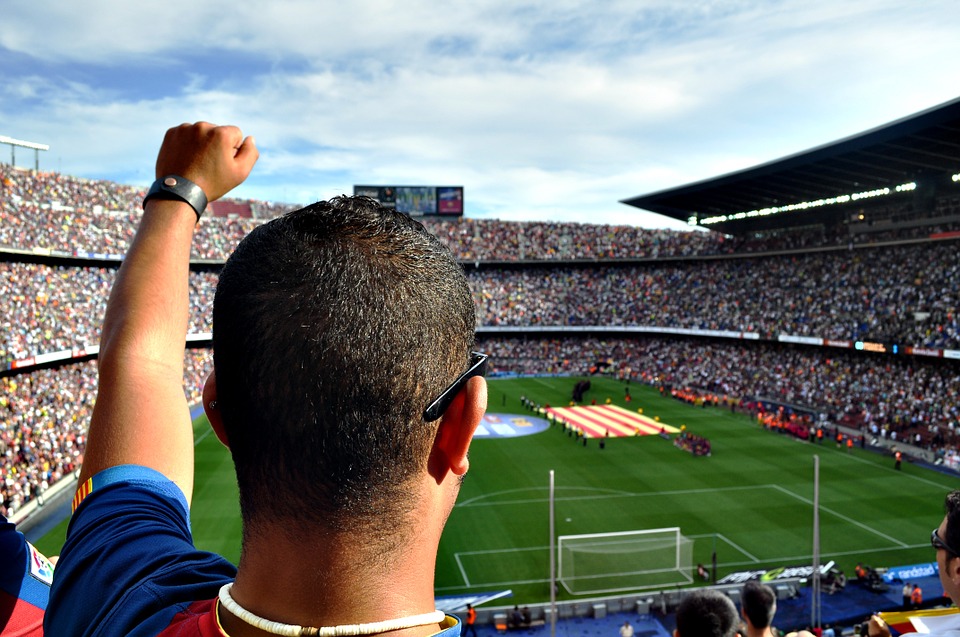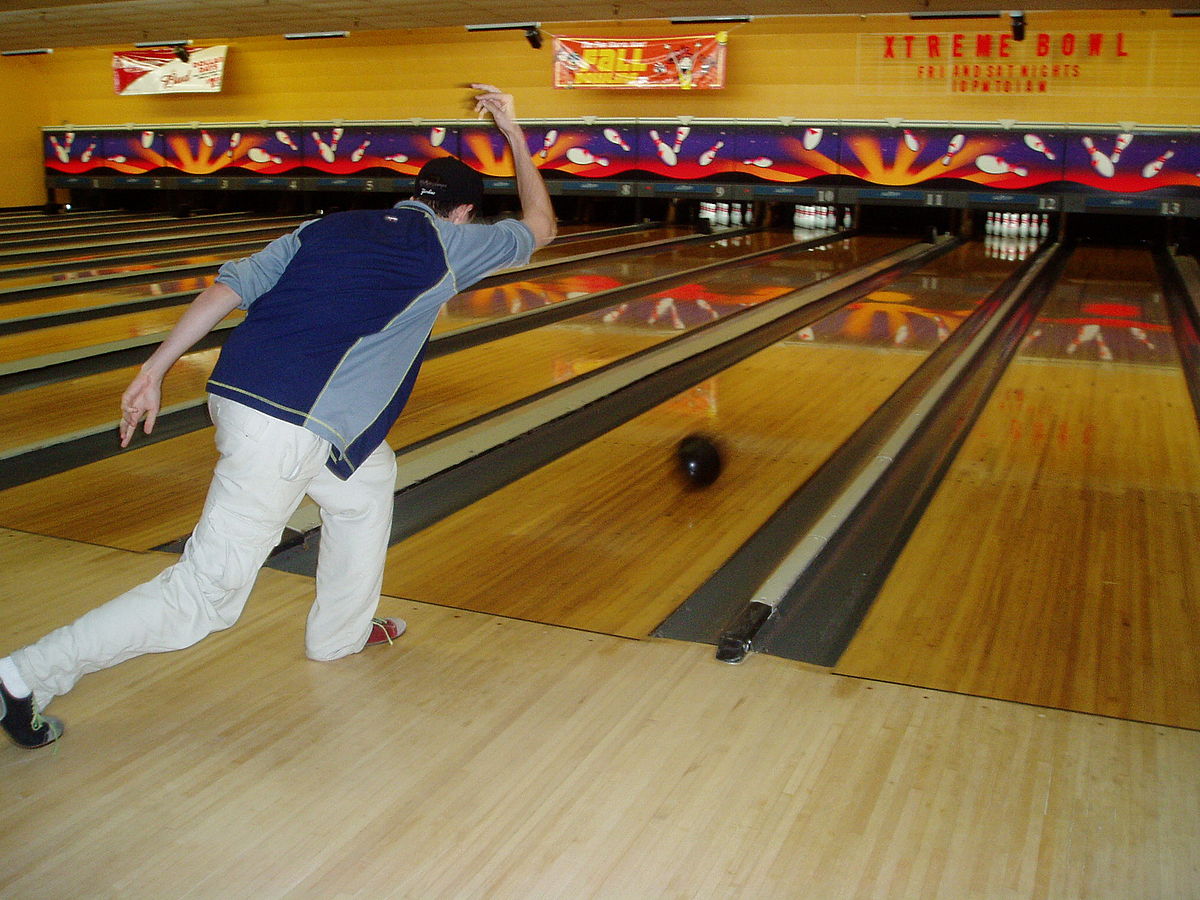Football is the most popular sport on earth, more than 3.4 Billion people watched world cup 2010 and it was estimated that about 1 billion people watched World Cup 2014 final match between Argentina and Germany. However football fans are marginalized, their voices are not heard and their opinions are ignored. In a world governed by social media, football fans deserve their own land they deserve their own social network.
Football is fully covered by TV, newspapers and news websites. In recent years social media started taking over an important portion of this coverage. With the shift from traditional news to social media news, and from computer devices to mobile devices, many people now prefer to follow football news at their favorite social network and from the comfort of their mobile devices.
Although football has strong presence in traditional social networks but for football enthusiasts that presence is lacking or simply not enough, for instance football news will not suddenly show up in your feeds, without you first manually searching and following all the pages you are interested in. Another problem is that posts related to football are usually buried inside a pile of posts from all other subjects. And most important is that you don’t get latest matches results and you need to search manually to find them.
Social media is shifting towards niche social networks, which are networks that are specialized in specific topics of interest. For example we have social networks for photography, jobs, cooking, art..etc. Football is not an exception to that, football fans need their own social channels where they can talk exclusively about football and express their opinions. They need a place where they can easily follow latest news and results for their favorite football teams and competitions.
FansRepublic.com is a new arrival to the world of social media and a promising change in favor of football fans. FansRepublic is a social network dedicated for football fans where they can meet, interact and engage. The network provides an environment for football fans from all over the world where they can meet and share their football passion. Team fans can easily connect with each other through their team page, and they can interact with matches and cheer their team.
As mentioned before the most important thing for football enthusiasts is getting updated with the latest matches scores and results, and that is the main advantage of having a social network specialized in football. FansRepublic provides users with live scores and results for all matches, in addition to ease of access to information for all competitions including results, fixtures, standing tables, top scorers, transfers, teams stats and players stats.
In a world where social media provides people with ease of access to information, people are becoming more obsessed with ease of access to what they are interested in, and thus the future of social media is expected to be moving towards niche social networks that are specialized in specific categories and interests.
Read also:
- Catch Each Of Your Sporting Events Awarded By Soccer Trophies
- How To Choose The Right Golf Club Set For Beginners






















